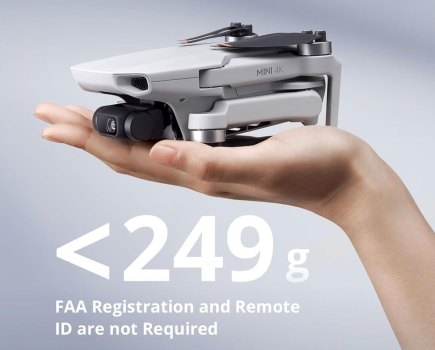Read AP’s Nikon D5100 news story here
Nikon D5100 faces Japan quake uncertainty
The camera is 10% smaller than its predecessor, with a new curvier design. It looks almost like a bridge camera, with the kit lens attached and despite the plastic body, still feels solid in the hand. The grip uses an elastic rubber material, which also helps to maintain a solid hold of the camera.
The layout is similar to the D5000 but has been adapted to allow for the vari-angle screen mount to move to the side for horizontal movement and the live view and movie controls have shifted to the top plate.

The rear LCD screen is now 3inches in size and has a 920k-dot resolution; it is also 17% thinner, allowing it to sit flusher to the body. Having the mount at the side does take up valuable space on the rear panel, and has meant that the D5100 has lost the standard Nikon array of buttons long the left side of the screen but it does make life easier for composing.
The previous bottom hinge was impractical for use when the camera was on a tripod and for viewing from in front of the camera.
There are also now two IR sensors on the body, one on the front and one on the back, so you can easily fire the wireless remote from almost any position.
Having the live view lever on the top was a necessary shift with the reduced space on the back panel but is just as easy to access and having the direct movie record button next to the shutter instead of on the rear makes sense.
With the screen so dominant on the rear, it is a shame it doesn?t have touchscreen control, as we?ve seen on the Panasonic compact system cameras, though touchscreen is yet to make it on to any DSLRs.
Internally, the D5100 shares the same 16.2-million-pixel CMOS sensor as the D7000, giving a significant increase on the D5000. It also uses the next generation EXPEED 2 processor and allows a standard ISO range of 100-6400, with an extended setting of 12,800.
The autofocus remains the same Multi-CAM 1000 with 11 focus points and includes the 3D tracking abilities.
When shooting in live view the D5100 has improved the contrast detection so allow faster focusing. This is a noticeable improvement but from my brief use it still lags behind the phase detection speeds.
Live view also includes fulltime Servo continuous AF and a auto scene selection option.
For video the camera gains the new MOV H.264 system used on the D7000 and D3100, and offers full 1080p recording at 30, 25 and 24fps for a maximum clip length of 20mins. This has proved much superior to the AVI video and I expect it will here too.
Nikon appears to be taking video very seriously across the range and the D5100 includes a mic input to allow the use of their new ME-1 external microphone that has also just been announced.
In terms of features the D5100 shares the D-lighting functionality from the D3100. There are also six settings in picture controls, a new HDR mode, which combines two images with +/-3EV control and in-camera editing for both still and video adjustment.
The biggest addition though, is the special effects modes; these sit on the exposure mode dial and work similarly to scene modes with some basic adjustments available in some settings.
There are seven effects in all, including selective colour (also now available post capture), colour sketch, miniature mode, silhouette, high key, low key, and night vision mode. Night vision uses an ISO equivalent 102,400 much like the D3s but the images are converted into black and white, in part to reduce the noise that is present at such a high sensitivity.
These special effects are an interesting addition, however, it is a shame that they don?t allow manual shutter and aperture control, as they also offer some great potential for more advanced users.
Other improvements include a refresh of the menu icons, giving them a rounder, more three-dimensional look and the same EN-EL14 battery as in the D3100.
This camera doesn?t appear to be a massive leap forward for Nikon but it does sit more comfortably in the range and in isolation does amount to a very well specified model.
The D5100 is due to go on sale 21st April, priced £669.99 body only and £779.99 with 18-55mm kit lens.
New features:
16.2MP CMOS sensor
100-6400 ISO (expandable to 12,800)
3in 920k dot Vari-angle LCD
1080p HD video
Microphone input
Expeed 2 processor
Special Effects
EN-EL14 battery








